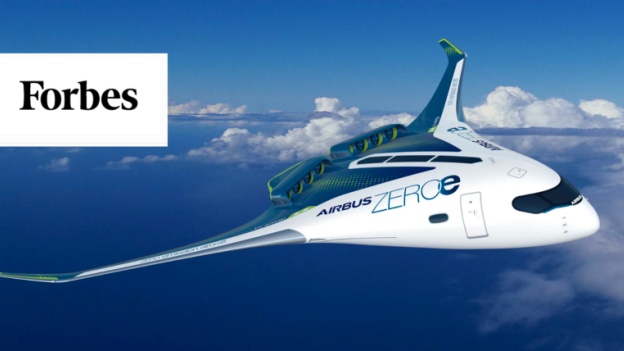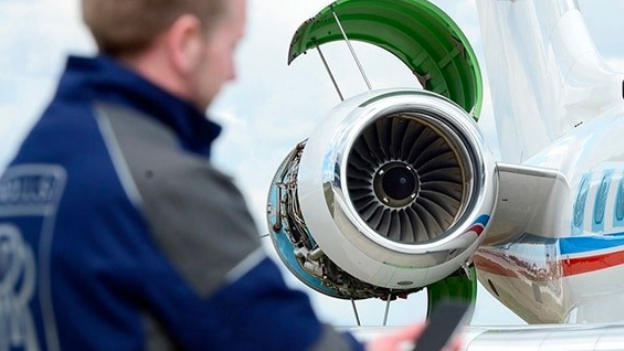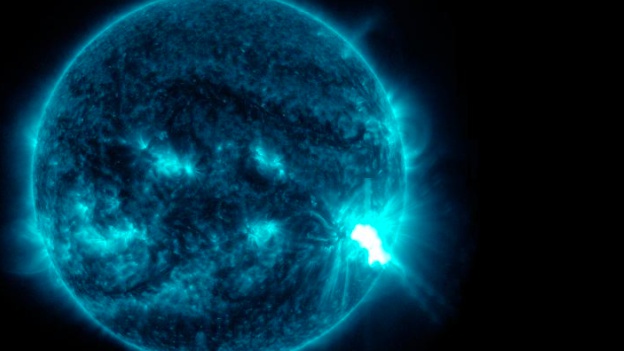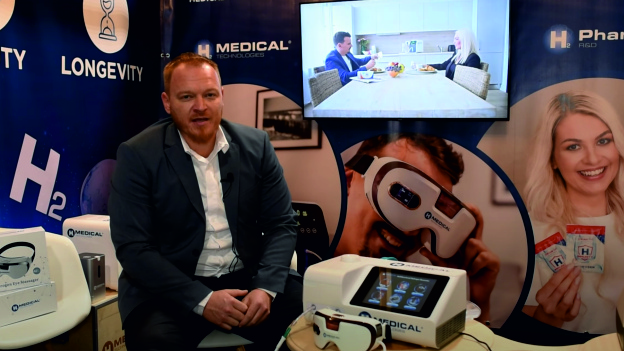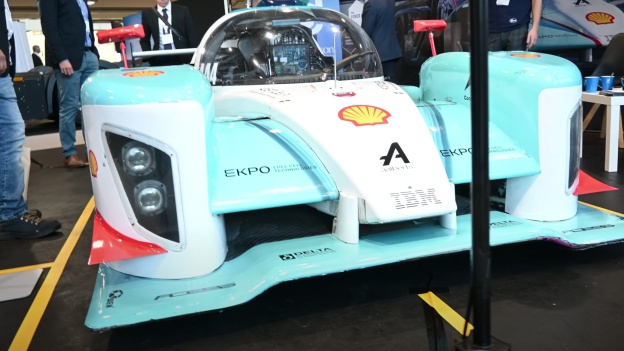As "mass transportation" in space thickens, the challenge of reducing rocket fuel emissions becomes more urgent. In particular, finding cleaner propulsion alternatives. Hydrogen is one of them.
In the first half of 2022 alone, a record 72 successful rocket launches worldwide put 1 022 identified space objects into orbit (satellites, probes, landers, manned spacecraft, etc.). This is more than the total number of space objects delivered to space in the first 52 years of the space age. And the intensity of spaceflight will only increase!
For example, NASA's Artemis I mission ushered in a new era of space exploration on November 16, 2022, when its SLS rocket launched the first of a series of complex missions to enable human exploration of the Moon and Mars. SLS launched an unmanned Orion flight into space that day, with the goal of orbiting the Moon. This was a success, and preparations are already underway for Orion's next flight, this time manned: in 2024, astronauts will fly around the Moon (no human has been that far into space since 1972, the last manned flight to the Moon).
Despite the problems with supercooled liquid hydrogen that preceded the November 16 launch of NASA's Artemis I mission, NASA was ultimately able to successfully use hydrogen as the lightest and most abundant element in space to produce enough energy to power four super-powerful engines. The main by-product was water vapour.
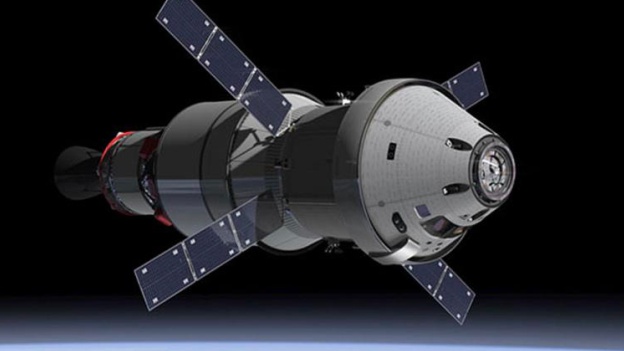
Using hydrogen or other green energy sources is healthy for planet Earth, compared to rockets that rely on "conventional" kerosene-based propellants. According to John Cumbers, a former NASA synthetic biologist and CEO of SynBioBeta, for example, one flight of Falcon 9 releases about 336 tonnes of carbon dioxide into the atmosphere, the equivalent of 70 car trips around the world.
However, the combustion of liquid hydrogen for astronautical purposes is far from perfect: its production is usually fossil fuel intensive. Newer, green hydrogen projects are therefore trying to improve its sustainability by using renewable energy sources.
NASA has been using liquid hydrogen as a fuel for decades (we wrote here) and is likely to continue to do so, partly because of its efficiency and partly because the US Congress has mandated that the Artemis mission use hydrogen engines on the space shuttle. However, NASA is just one of many entities in the current "tourist" space sector, and it is expected to see what alternative propulsion options private companies will use for their rockets.
John Cumbers predicts that humans will be launching ten times more rockets in the next 10 to 20 years than in 2022. And he also predicts that the environmental aspects of rocket launches will become more important as the number of trips to space increases.
Several other attempts are currently underway in the commercial and scientific sectors around the world to produce and use rocket fuel in a more environmentally friendly way. For example, energy start-up Green Hydrogen International is developing a project to produce green hydrogen in South Texas. Researchers at the German Aerospace Center are working on a fuel that produces only nitrogen, oxygen and water when heated. A Canadian company, Hyox, is developing a technology to produce clean aviation fuel and rocket propellant that will use cheap solar energy and electrolysis to produce methane and kerosene.
The New York-based Air Company is working on direct air capture technology that removes carbon dioxide from the air. The company mixes this CO2 with hydrogen produced from renewable energy sources to create Rocket Propellant-1 (RP-1). This is the type of kerosene used by Space X's Falcon 9 rocket. The kerosene production process is completely carbon negative.
What type of rocket propulsion it will carry in the near future, no one knows for sure yet. But hydrogen is one of the big favourites.
Source: FORTUNE
Full article here: www.fortune.com/2022/12/05/space-travel-is-heating-up-and-so-are-rocket-fuel-emissions-these-companies-are-developing-cleaner-alternatives-to-protect-earth-first/
Edited by H2 TIMES
Pictures: NASA












